“Being on a press trip is my least favorite way to travel, and Branson was the last place I wanted to go.”
On the final day of winter I received an e-mail inviting me to go on a spring press trip to Branson, Missouri. Being on a press trip is my least favorite way to travel, and Branson was the last place I wanted to go. The combination seemed unbeatable. My main concern, after accepting, was that I would arrive with unrealistically low expectations.
The plane from Atlanta was only a quarter full. I had envisioned an upbeat cabin of like-minded passengers, such as one finds on flights to Las Vegas (though older than that crowd, with less bling).
My across-the-aisle neighbor was heading home to Springfield, the closest city to Branson. This was the first time he had used Branson Airport, which opened in 2009 on land that was owned, according to Wikipedia, by Tennessee Ernie Ford. This was news to Ronn, though he knew Branson well and filled me in on a little of its history: how tourism had begun with people visiting Marvel Cave, and how the Herschend family had built Silver Dollar City, an Ozark theme park, by the cave’s entrance. He said that the two brothers, both devout Christians, were instrumental—and so far successful—in keeping Branson casino-free.
Just before we landed, Ronn handed me his business card, which read: “Pregnancy and Relationship Services.”
“When’s the last time you walked on the tarmac?” he asked me as we descended the steps that had been wheeled up to the plane.
The terminal resembled a Bass Pro Shop, with rows of wooden chairs instead of racks of merchandise. A small pond sat in the middle, stocked with fish. This was more novel than walking on the tarmac.
I introduced myself to the young woman holding a sign with my name. Kaki was from the PR firm that had organized the press trip. We got into her minivan and wound our way down green hills and past tan walls of blasted rock. As we entered the Strip—Route 76—theaters began to appear, set back from the road; many of them had the bulk of shelters. Suddenly the bow of the Titanic rose from a parking lot into which we now pulled.
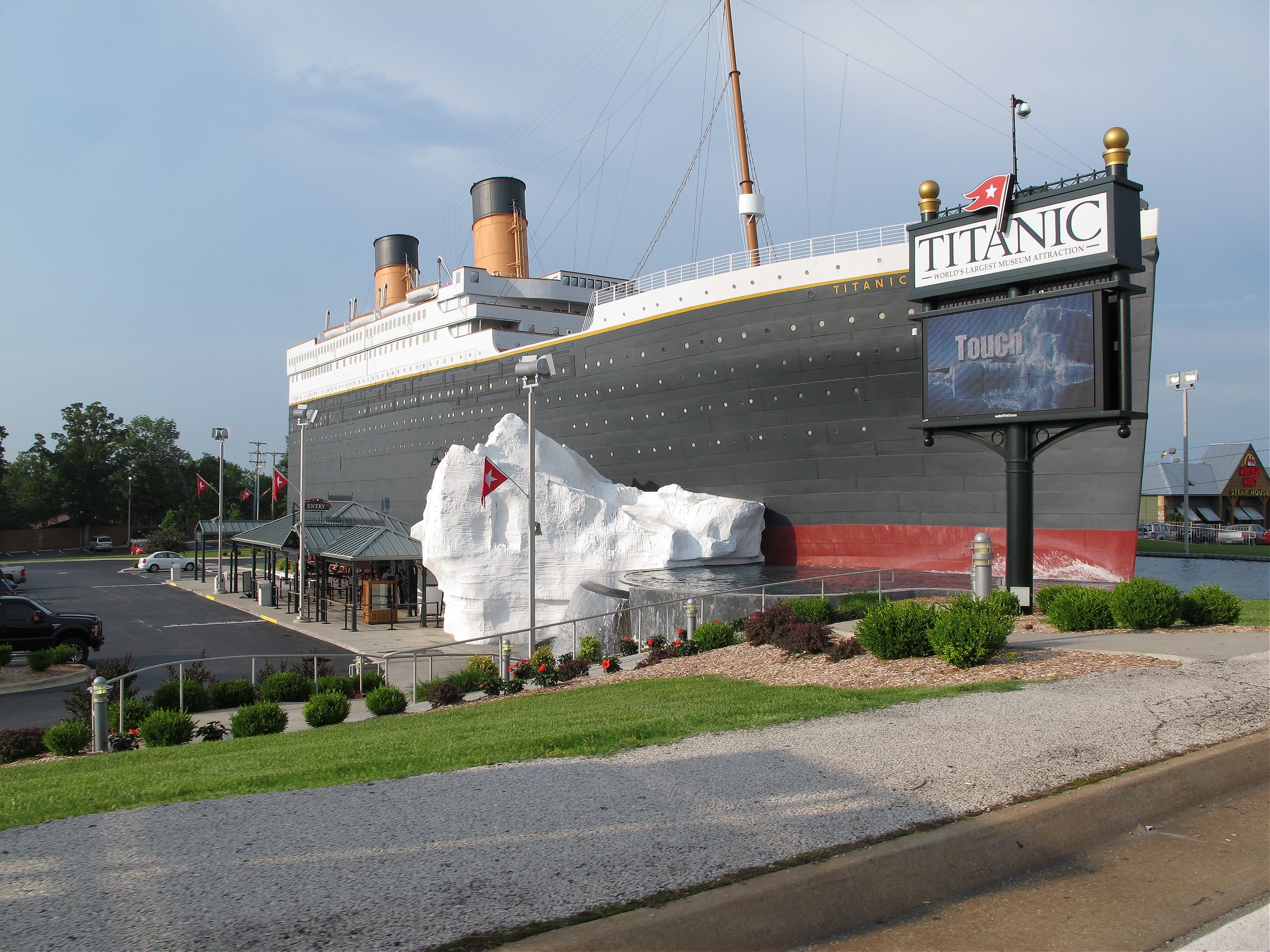
Much was written during the 100th anniversary of the sinking of the Titanic about the ship’s ability to hold our fascination, and nothing demonstrates it better than a museum devoted to the vessel in the middle of the United States. This was more startling than a fish pond at the airport (though it would have been less so if I had read my itinerary). I had never connected the Titanic and the Ozarks, but such is the beauty (you could say) of themed-entertainment destinations.
Visitors to the museum are treated as passengers, while employees pretend to be crew. So the first local I met in Branson wore a steward’s uniform and spoke with a British accent.
In the evening our group was taken to the premier of Joseph in a caravan of minivans (I was not the only writer who had found the invitation to Branson irresistible). The Sight & Sound Theater rose, as the bow of the Titanic had, out of a sea of macadam. The entire municipality seemed to consist of a cluster of rolling hills that had been paved over and then planted willy-nilly with big-box theaters. (Though somewhere, reportedly, there was a downtown.)
Like nude scenes in a boring movie
A buffet was set up in the lobby. I helped myself to Swedish meatballs and a seafood casserole topped with crumpled potato chips. Ruffles, I think. One member of our group – Keith, a man who worked for a Christian radio station—spotted Jim Bakker among the first-nighters.
The show told the Book of Genesis story of Joseph through drama, music and livestock. The animals—including a llama—were trotted out at regular intervals, like nude scenes in a boring movie. When the curtain finally dropped, and the lights came on, I saw Keith brushing away tears. A voice descended, giving a website for people who wanted “more information about their personal relationship with God.” Or they could simply, the announcer added, “talk to an usher.”
A press trip to Branson had seemed to me the antithesis of travel, yet clearly, I had arrived in another world.
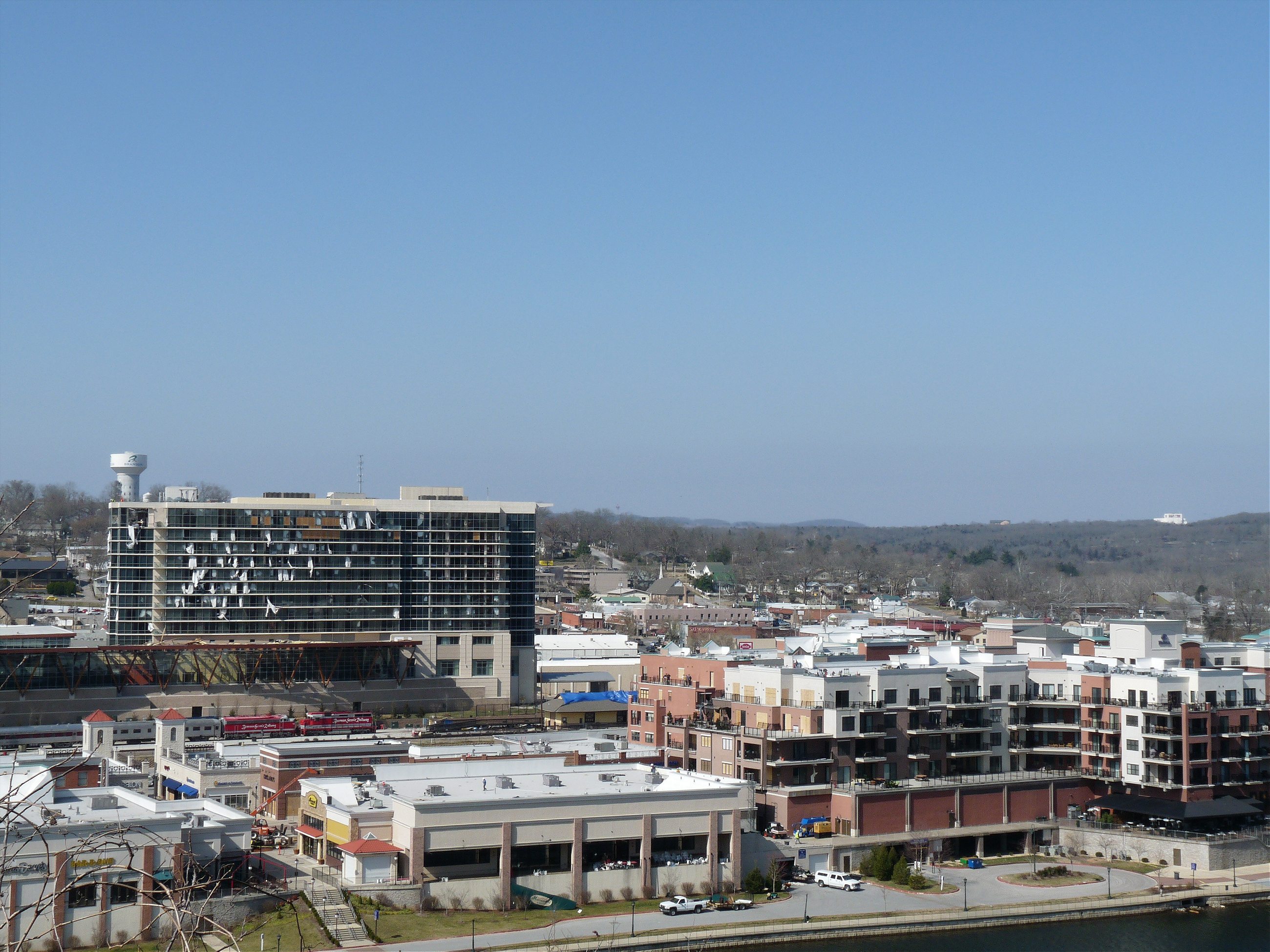
“Did you get enough of Joseph last night?” Lazelle asked me the next morning in the parking lot of our lodging. “I got up and walked out to the lobby,” he confessed. “I couldn’t take the noise.”
Lazelle was from southern California, a middle-aged Caucasian who frequently got invited on African-American themed press trips by PR people fooled by his name. We and a few others had chosen as our Saturday morning activity a visit to the College of the Ozarks (while the rest of the group went fishing or ziplining).
The campus was fronted by an impressive log building of stone and wood that, we learned inside, had been built by students. The college is one of six in the country where students labor in lieu of paying tuition. They work 15 hours a week during the semester, and then two 40-hour weeks at the end of the semester. Attendance at the interdenominational chapel is required seven times a semester and, during the week, freshmen cars are locked in the parking lot. There is a 1 a.m. curfew; there are no coed dorms. Piercings, as well as visible tattoos, are forbidden.
“I guess you have to grow up in the Ozarks to want to go to a place like this,” Lazelle whispered to me.

Yet, we were told, the 1,400 students came from 45 states and 14 foreign countries. They had a wholesome, attitudeless look as they strolled Opportunity Avenue and Vocational Way. We drove past the cow pasture (college green) and visited the mill. We were receiving the gift of time travel as well. Turning down Christian Court, we came to the chapel, a handsome Neo-Gothic structure with two comely choir members practicing inside. We toured the museum, dubbed “the Smithsonian of the Ozarks,” which contained an impressive collection of dolls and firearms, as well as the jalopy from The Beverly Hillbillies (a few episodes of which had been filmed at Silver Dollar City). Upstairs, not far from the guns, was an exhibit devoted to the college’s Patriotic Education Travel Program, in which students visit foreign battlefields in the company of veterans. Watching the video, I found the cross-generational interaction heartening.
Except for its street signs, the campus was a docile, unassuming place, a pleasant antidote to the bombast of the Strip.
Back in the minivan, someone else who had spotted Jim Bakker last night claimed that he had been with his wife, who, it was noted, was blond. We learned that since coming to Branson he had started a new ministry.
We joined the rest of our group in the parking lot of the Titanic museum, where a ceremony was to be held in commemoration of the disaster’s anniversary. The seats reserved for the media were just behind the VIP section, and I asked Keith, sitting two seats away, for help with identification. The young man in the black cowboy hat, sitting with his two little boys, was Clay Cooper. “A singer and guitarist,” Keith explained. The blond woman in front of Cooper was a Lennon Sister. The man who looked to me as if he might be wearing makeup was Dino. “He’s the modern-day Liberace.” Keith said, not with derision, but with utmost respect. The gathering seemed to confirm the view that Branson is the poor (and old) man’s Nashville.

Marlene, the New York-based writer squeezed between us, said to me: “After this trip, when I meet a believer, I’m not going to say, ‘Oh, one of those.’” This was that rare press trip in which the exotic could be found not just in your surroundings but in the person sitting next to you.
“We don’t use the word religious,” I heard Keith explaining to Marlene a few minutes later. “I don’t separate it from my life—it’s not an hour on Sunday.”
“How would you describe it then?” Marlene asked him.
“It’s a relationship.”
Keith claimed that he could tell if people had a relationship with God by looking them in the eye. “I’m a broken down man,” he said. “I think pretty much everyone I know would say the same. Jimmy Bakker wears a ballcap and sunglasses because of that brokenness.”
The talk turned to politics. I suggested that Obamacare, which Keith had alluded to critically, incorporated Christian values of compassion and charity toward the less fortunate.
“Yea, it has elements of that,” he admitted begrudgingly. Then he paused, awkwardly, uncharacteristically, and I wondered if he was sensing a disconnect between his professed religious beliefs with his rote political views.
“But,” he said finally, “it involves the government. I don’t want help from the government.”
“Maybe if you were in a position of need, you would,” I said.
“I was,” he said. “I never took anything from the government. I got help from the church.”
Lunch was take-out from Subway eaten in the parking lot. “Lay’s potato chips,” Lazelle said, eying his sandwich pack. “There is a God.”
After lunch we split up to attend our chosen matinees. I was driven with Debbie, a writer from North Carolina, to the Andy Williams Moon River Theatre. This afternoon’s show—“Oh What a Night!”—featured a quartet singing songs of The Four Seasons. It was one of Branson’s many “tribute shows.” Branson’s reputation is as a working pasture for washed-up entertainers, but it’s also, perhaps more fully, a place where people who will never be famous do their best to impersonate those who once were. It takes the fusty and gives it to you at one remove.
Branson was already messing with my head
The theater was half-empty (summer is Branson’s high season) but made lively by a group of teenage girls who, not long into the show, rose from their seats in order to better scream and dance. “They look like they don’t get out much,” Debbie said.
But I found them more entertaining than the performers. For one, I hadn’t expected to see young people in Branson. They reminded me of the girls in the audience at the Ed Sullivan Show the night the Beatles appeared on stage. And I began to wonder if their enthusiasm was genuine—what emotional connection could today’s teens possibly have to Frankie Valli, a man who sang falsetto in a coat and tie?—or if perhaps they had seen those old Ed Sullivan clips and, out of boredom, or an advanced sense of irony, were trying to recreate them. Was it conceivable that they were responding to the pastiche on stage with their own pastiche? Branson was already messing with my head.
On the way out, a woman who had sat near some of the teens said: “They were so polite. They moved down but they didn’t want to sit in front of us because they didn’t want to block our view.”
An older man, walking with his wife, said: “We go to all these shows and every one we come out saying, ‘That was a great show.’”
Debbie, who, like most of our group, had arrived a day ahead of me, said: “I think that was the first show without anything religious. Usually there’s something religious or patriotic.”
We regrouped at a dinner reception with the Branson Theater League. Here the buffet included fried green beans. I sat at a table with two writers from Texas while a succession of entertainers – Chinese acrobats, a ventriloquist and his dog, a man appearing as Barry White – paid us a visit before heading off for their evening performances.
I got up to talk to an attractive blonde. Mara was originally from Salt Lake City, and was here at the reception with her teenage son (the spiky-haired boy sitting nearby). He was the oldest, she said, of her seven children. Her husband, Jason Hughes, had had an act with his four brothers, and they couldn’t afford to hire dancers, so she joined them (she was a dancer), as did her four sisters-in-law, one of whom had 13 children. The only thing now that didn’t surprise me was the fact that they were Mormons.
Mara excused herself to go off to her show, and, walking out to the parking lot a few minutes later, I saw her behind the wheel of a van that looked like a primitive, scaled-down school bus.
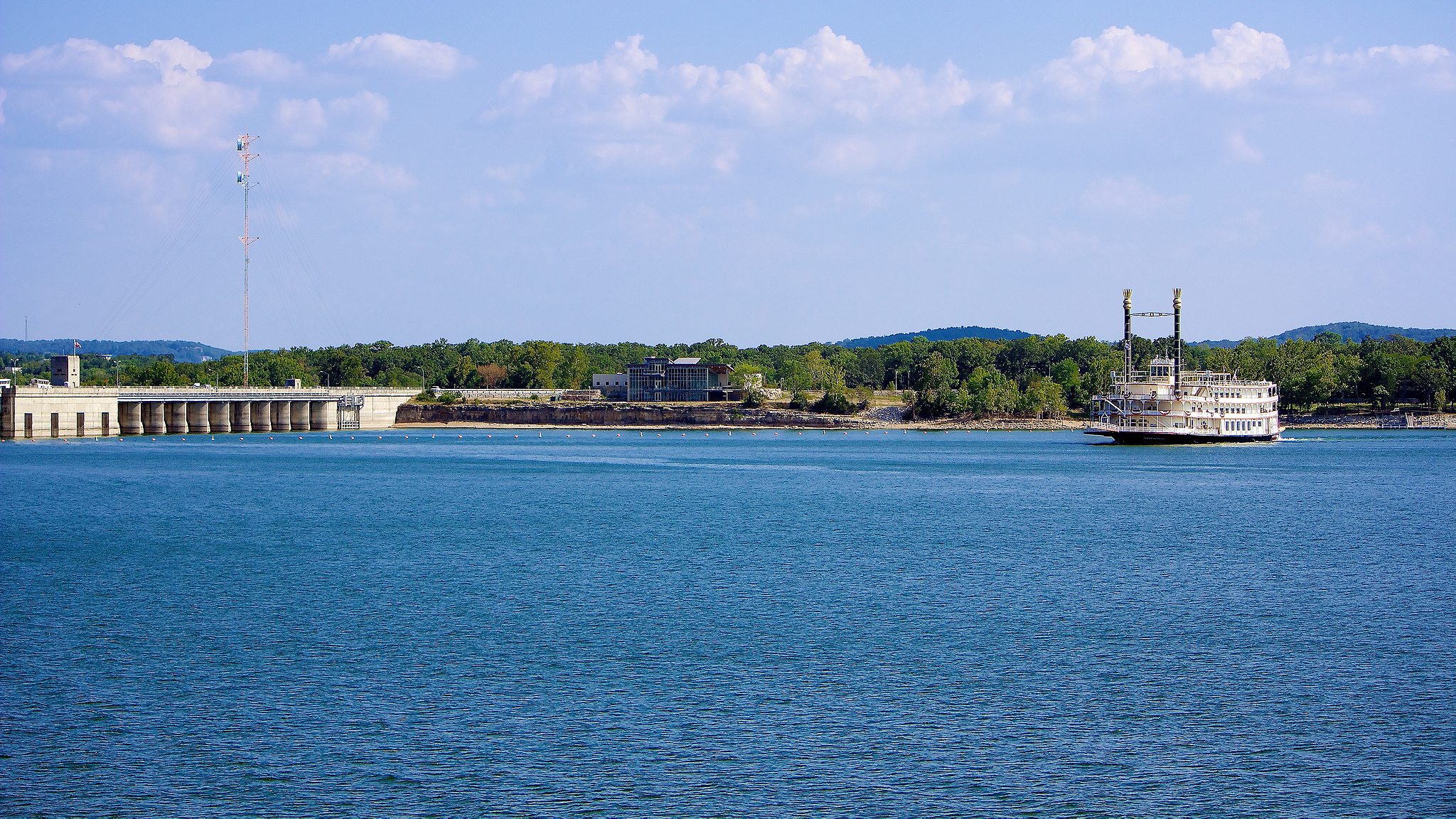
The show was called it. The five brothers carried most of the load, but spouses and children of various ages took turns hoofing it and belting out songs. The spiky-haired son did a scowly but curse-free hip hop number. At one point, all five families appeared on stage in their entirety—at least one wife held a baby—and the headcount came to 44 (including two girls adopted from Russia). Obviously, not all of the children work in the show (yet), but the Hughes are said to be the largest family performing in the world. It was like watching an expanded Trapp family times five.
During a break, Jason came out to chat. He introduced his father, who worked the fudge booth in the lobby, and then made gentle jokes about audience members’ home states. One man said he was from Tennessee.
“There’s nothing funny about Tennessee,” Jason said. “Is there?”
“Al Gore,” someone shouted. “I stand corrected,” Jason said smiling.
Later, veterans were asked to stand; they received a loud round of applause. “When Johnnie Comes Marching Home” was sung, followed by the LDS hymn “I Am a Child of God.” They helped assuage any lingering disapproval of the rap.
Sunday morning our minivans took us to Silver Dollar City. It was an idealized representation of a traditional Ozark town, with bakeries, a blacksmith (“My Boss Is a Jewish Carpenter” read one of his signs), a glassblower and a potter. There were also rides and, this being Branson, shows.
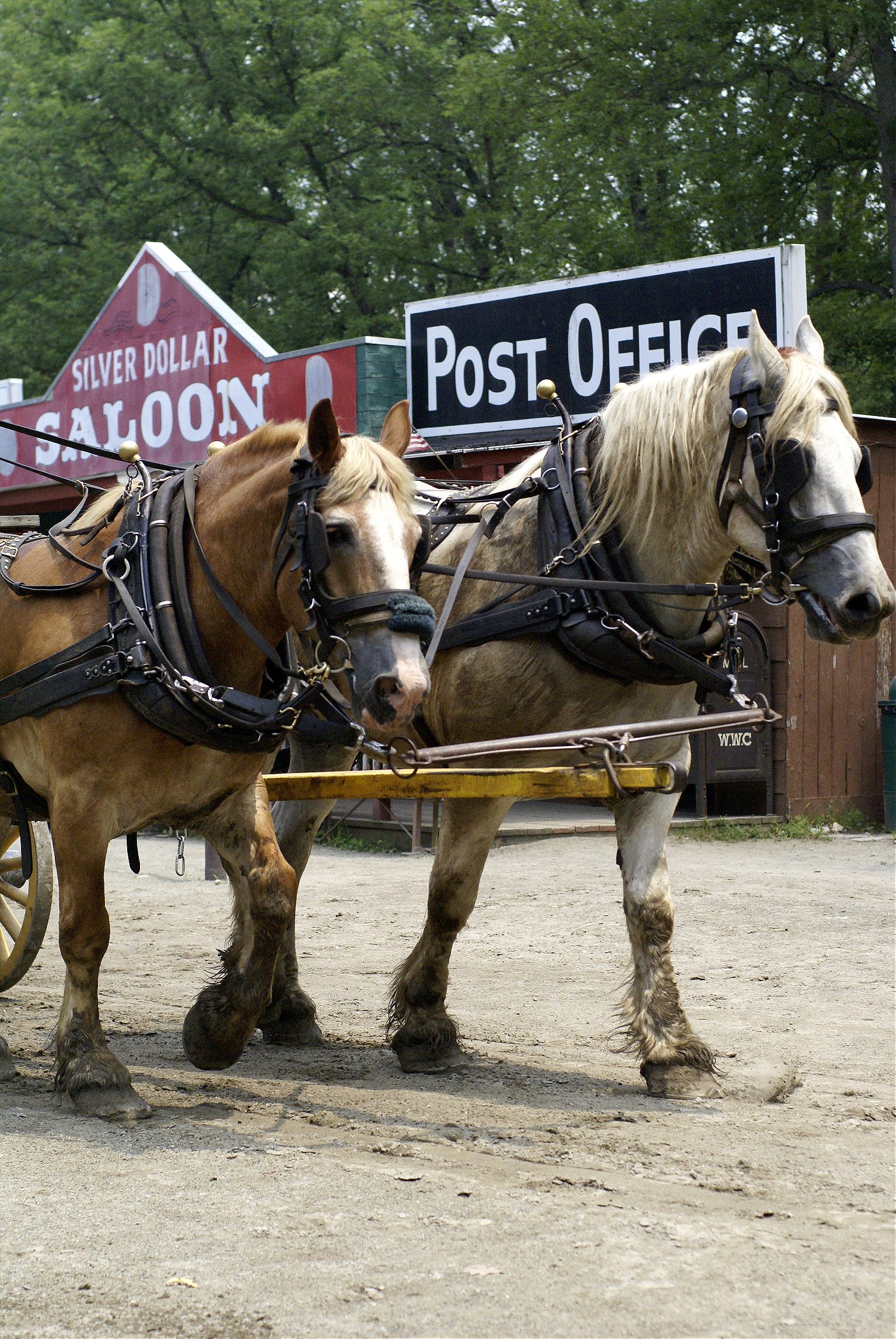
The park’s annual World Fest was taking place, so the musical offerings were international. I passed on the female mariachi band and caught “La Bella Musica” – beloved Italian classics sung by a duo from New York City who engaged in the obligatory pander to the crowd.
“Another thing I like about Branson,” the tenor Aaron Caruso said, “is the Christian heritage. You guys aren’t ashamed to celebrate your faith.”
As he talked, I wondered about the hierarchy of the entertainment world: If Branson stood below Austin, Nashville, and Vegas (all of which stood below New York and LA), where did performing at Branson’s Silver Dollar City put you?
“I’m going to sing a couple of my grandmother’s favorite hymns,” Caruso announced with scripted enthusiasm, and then asked rhetorically: “Would that be alright?”
After the show, I wandered around the park. In a gift shop a man walked past me but not before saying, “How ya doin’ today sir?” I eventually ended up at the gazebo, where the Russian Academic Band was interspersing familiar melodies from the motherland with Dixieland jazz.

We gathered for lunch at Molly’s Mill Restaurant. My first sit-down meal of the weekend consisted of fried chicken, fried catfish, fried okra, spaghetti salad, two types of succotash, and apple pie.
From Silver Dollar City we were driven to the RFD-TV Theater for “The Show of the Century.” A statuesque horse stood in the lobby, with a sign identifying it as Dale Evans’ beloved Buttermilk. (Lazelle would later tell me that Trigger decorated the other side.)
At this special Sunday afternoon show, emcee Carrie April Tillis, daughter of Mel, introduced some of the town’s biggest stars: The Haygoods, The Presleys, The Lennon Sisters, The Platters, the Baldknobbers, the Foggy River Boys, Jim Stafford, Roy Rogers, Jr., Shoji Tabuchi, Yakov Smirnoff.
I was curious to see Smirnoff two decades after the demise of the Soviet Union had rendered his comedy act obsolete. He announced that for the last 20 years he had been living in Branson, and noted how strange it had been to move, first, from the Soviet Union to the United States, and then, from Los Angeles to the middle of the Ozarks. But the latter move, which he seemed to imply was equally traumatic, didn’t inspire any equally funny material, unless he was saving it for his own show. He spent most of his time on stage reading “humorous” announcements from church bulletins of the sort that are circulated on the Internet.
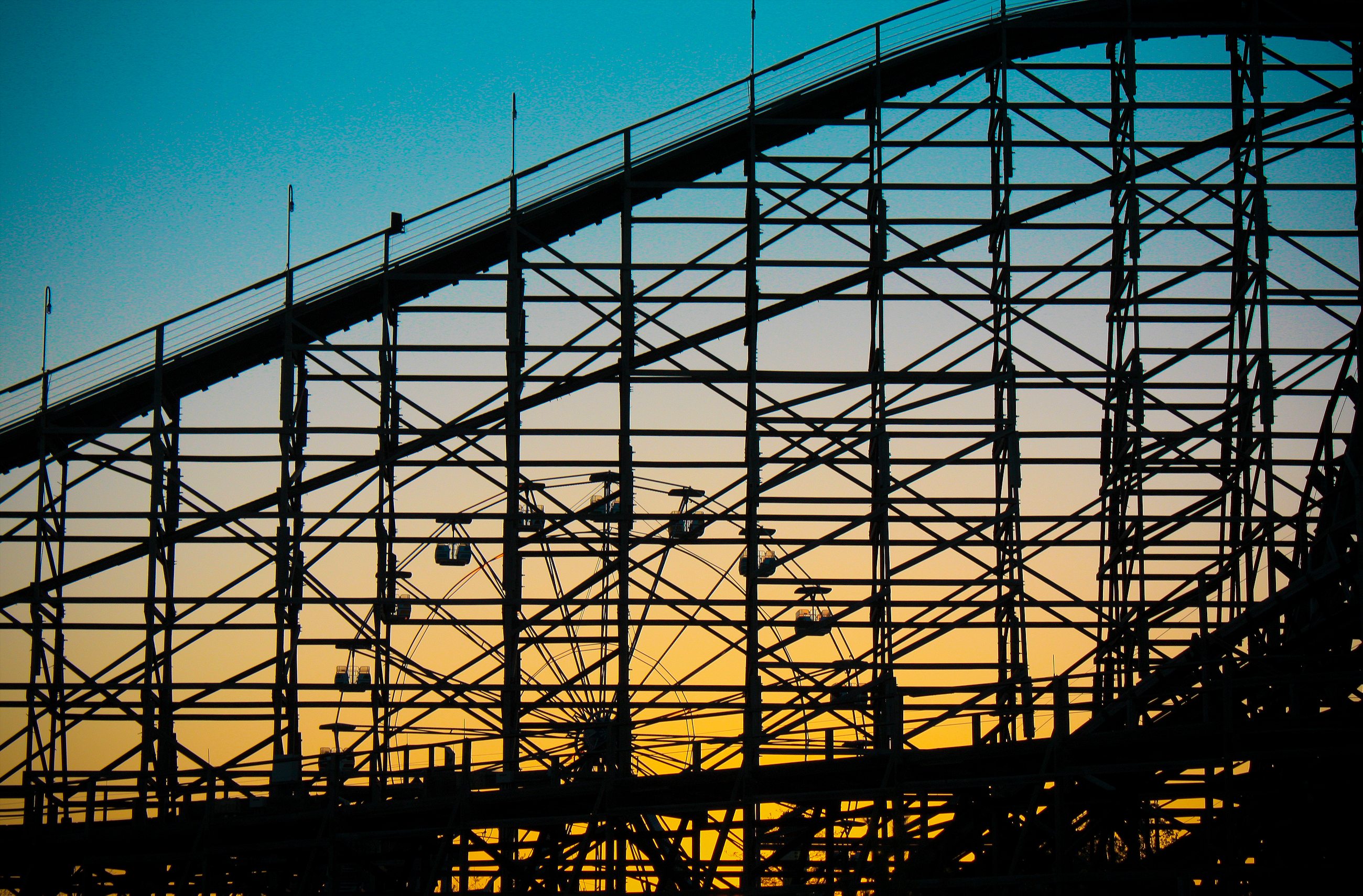
A local radio announcer with a velvety voice narrated a condensed history of Branson until waylaid by a woman impersonating Marilyn Monroe.
After the show we were taken backstage for a reception with the performers (the power of the press). Though most of them were no-shows, including Smirnoff. “He’s too big to come to something like this,” said Brian, the Kentucky-based writer in our group who visits Branson frequently. Jim Stafford, whose jokes I had enjoyed, was also absent. I talked to a gracious Lennon Sister (not the blonde) and then to her sister-in-law, Gail Lennon, a guitarist and singer who told me that she was going to start the first show in Branson with “hippie music—Crosby, Stills & Nash; Simon & Garfunkel.” (“You know you’re getting old,” the TV critic at my former newspaper once said, “when PBS starts doing shows on the music of your youth.” Ditto, I thought, when Branson takes it up). Gail joked that they would put marijuana in the fog machine. “Then people will REALLY like the show.”
Working the room, I discovered the bored but considerate local’s way of signaling that our conversation was over: It was with a honeyed and no doubt perfectly sincere, “Well, we sure appreciate you coming here.”
Yet I too was suffering from aural fatigue. I had lost count of the shows I’d been to, though Debbie, it was announced as we made our way across yet another parking lot, had taken in ten, not counting the ones at Silver Dollar City. I wanted to lobby for an evening at the College of the Ozarks library.
Instead I was taken, with six other writers, to the “Legends in Concert” show. On the way, looking out the window of our minivan, I saw the same theaters I’d been seeing all weekend, but now I recognized the names attached to them: Jim Stafford, Shoji Tabuchi, Baldknobbers. It was like finally deciphering an esoteric text.
The legends tonight were an almighty motley: Elvis Presley, Shania Twain, The Blues Brothers, Barry White and—doing double duty today—Marilyn Monroe. I slumped in my seat, closed my eyes, and thought back to my first trip to the Ozarks six years earlier. It had also been in the springtime, but across the border in Arkansas. In the cut-stone town of Mountain View, musicians staked out places on the courthouse square, and in the nearby park, and played bluegrass.
Couples set up folding chairs and solitary listeners leaned against trees. For two-and-a-half days the fragrant air rippled with fiddles and dulcimers. It was not a festival or a special event; it was a gathering that took place every spring and summer weekend. People arrived with their instruments and played, not for an audience (though most of them attracted one), but for the love of music, which carried on well into the night. The whole affair was heartfelt, low-key, indigenous, moving.
Those were not words I would associate with Branson. But the two towns, it occurred to me as “Elvis” shook, had a symbiotic relationship. As with theme parks and national parks, the former helped keep the latter less crowded—and pure.